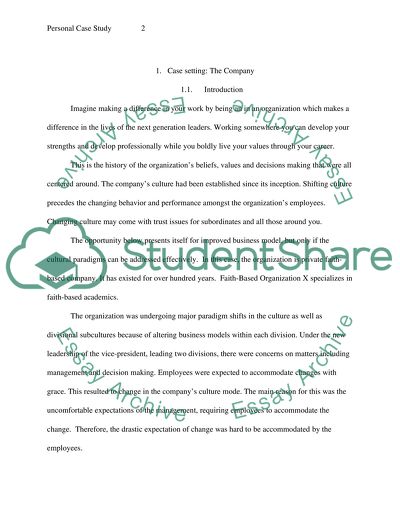Cite this document
(Culture, Conflict, and the Effects of Process Adaptation in a Company Case Study, n.d.)
Culture, Conflict, and the Effects of Process Adaptation in a Company Case Study. https://studentshare.org/professional/1621261-personal-case-study-paper
Culture, Conflict, and the Effects of Process Adaptation in a Company Case Study. https://studentshare.org/professional/1621261-personal-case-study-paper
(Culture, Conflict, and the Effects of Process Adaptation in a Company Case Study)
Culture, Conflict, and the Effects of Process Adaptation in a Company Case Study. https://studentshare.org/professional/1621261-personal-case-study-paper.
Culture, Conflict, and the Effects of Process Adaptation in a Company Case Study. https://studentshare.org/professional/1621261-personal-case-study-paper.
“Culture, Conflict, and the Effects of Process Adaptation in a Company Case Study”. https://studentshare.org/professional/1621261-personal-case-study-paper.


